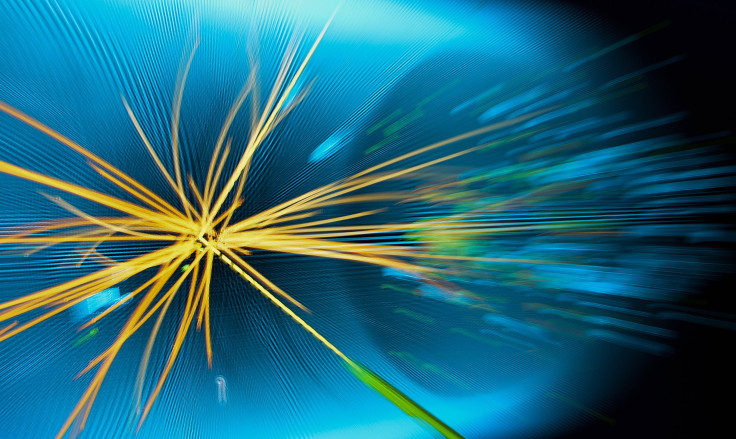Matter And Antimatter Are True Mirror Images, CERN Experiment Shows

Scientist believe that when the Big Bang occurred nearly 13.8 billion years ago, matter and antimatter -- composed of antiparticles -- were created in equal amounts. However, for reasons unknown, matter prevailed, creating everything we see around us today -- from the smallest microbe on Earth to the largest galaxy in the universe.
One of the greatest challenges in particle physics is to figure out what happened to all the antimatter, and why there is such an apparent asymmetry between matter and antimatter.
In a paper published Thursday in the journal Nature, scientists at CERN's Baryon Antibaryon Symmetry Experiment (BASE) reported a significant step toward solving this long-standing mystery. According to the study, 13,000 measurements over a 35-day period show -- with unparalleled precision -- that matter and antimatter are perfect mirror images.
“This is an important issue because it helps us to understand why we live in a universe that has practically no antimatter, despite the fact that the Big Bang must have led to the creation of both,” BASE spokesman Stefan Ulmer, who led the research, said in a press release.
The experiment tested a central tenet of the Standard Model of particle physics, known as the Charge, Parity, and Time Reversal (CPT) symmetry. If CPT invariance is true, a system remains unchanged if three fundamental properties -- charge, which distinguishes matter from antimatter, parity, which refers to a 180 degree flip in spatial configuration, and time -- are reversed.
“If we had found violations of CPT, it would mean that matter and antimatter might have different properties -- for example that antiprotons might decay faster than protons,” Ulmer said.
However, the experiment, in which scientists compare a single antiproton to a negatively charged hydrogen ion -- used as a proxy for a proton -- found that the charge-to-mass ratio is identical to within just 69 parts per trillion, supporting a fundamental symmetry between matter and antimatter and marking a fourfold improvement over previous measurements.
“Ultimately, we plan to achieve measurements that are at least ten or a hundred times more precise than the current standard,” Ulmer said in the statement.
If further experiments reveal a violation of CPT symmetry, it would hint at the existence of physics beyond the Standard Model -- which, despite its scope, is still flawed and incomplete -- and also provide the much-needed answer to the profound question of why we, and our universe, even exist.
© Copyright IBTimes 2024. All rights reserved.






















